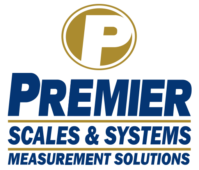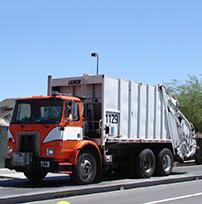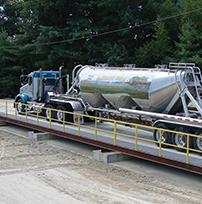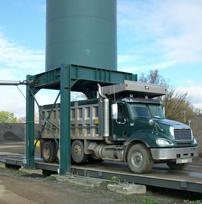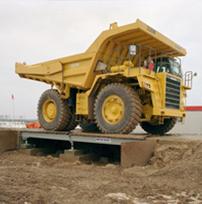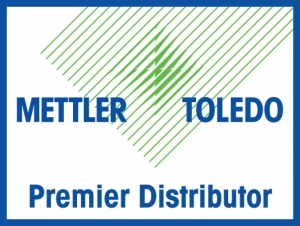Is a Truck Scale Right for you?
Whether it’s verifying incoming supplies, recording inventory, checking for compliance, or determining the price of goods, truck scales play an important role in an efficient facility’s supply chain. Before selecting the correct truck scale for your facility, determine what role it will play in your supply chain.
Point of Sale
Input Verification
Output Verification
Vehicle Loading and Filling
Efficiency through Data Collection
Vehicle Safety and Compliance
Selecting the Correct Truck Scale
Since most truck scales quickly become an important part of a facility’s daily operations and have a realities long life span, selecting the correct truck scale can be an importation decision leading decades of benefits (or burdens) for an owner. The configuration of a truck scale makes a huge impact on factors such as uptime, accuracy, and processing speed.
3 Types of Truck Scale Configurations:
 Single-axle scales are typically a single scale module, or platform, large enough to accommodate a single set of truck axles. The main reason facilities choose this configuration is cost. These smaller scales cost considerably less than one that runs an entire truck length. By separately weighing each set of axles, single-axle scales provide a truck’s estimated total weight of a truck. However, this method is not accurate enough to be used in legal-for-trade applications (this method can be off anywhere from 450kg to over1000 lbs.). These scales are primarily used to check for compliance with maximum roadway limits.
Single-axle scales are typically a single scale module, or platform, large enough to accommodate a single set of truck axles. The main reason facilities choose this configuration is cost. These smaller scales cost considerably less than one that runs an entire truck length. By separately weighing each set of axles, single-axle scales provide a truck’s estimated total weight of a truck. However, this method is not accurate enough to be used in legal-for-trade applications (this method can be off anywhere from 450kg to over1000 lbs.). These scales are primarily used to check for compliance with maximum roadway limits.

Full truck scalesare composed of multiple weighing modules, or deck sections, that connect in a length long enough to accommodate an entire truck. These are the most common truck scale because legal-for-trade requirements often specify that the entire truck must be weighed at once.
 Multi-axle truck scales are similar to full truck scales but with one key difference. Instead of interconnected modules and shared load cells, each module, or set of modules, has its own load cells. This allows different sections to operate as independent scales. The scale can provide the weight of the entire truck or allow the user to see the weight of each axle or group of axles. Because they additional require load cells, these scales are more expensive than a full truck scale
Multi-axle truck scales are similar to full truck scales but with one key difference. Instead of interconnected modules and shared load cells, each module, or set of modules, has its own load cells. This allows different sections to operate as independent scales. The scale can provide the weight of the entire truck or allow the user to see the weight of each axle or group of axles. Because they additional require load cells, these scales are more expensive than a full truck scale
